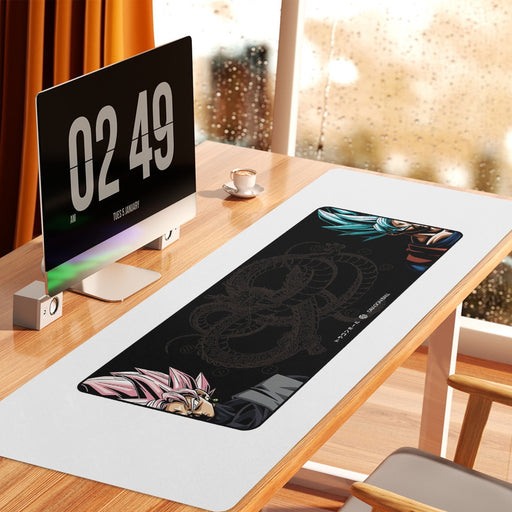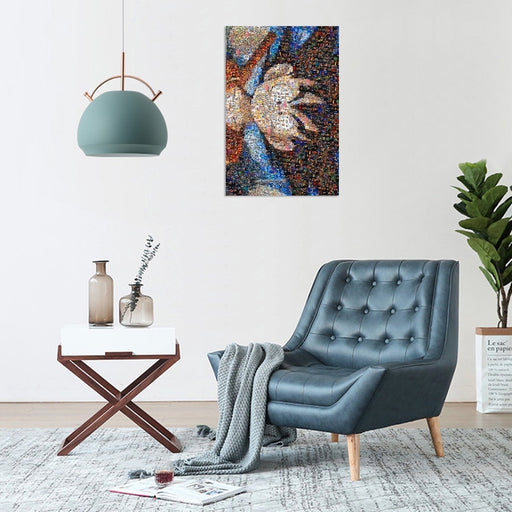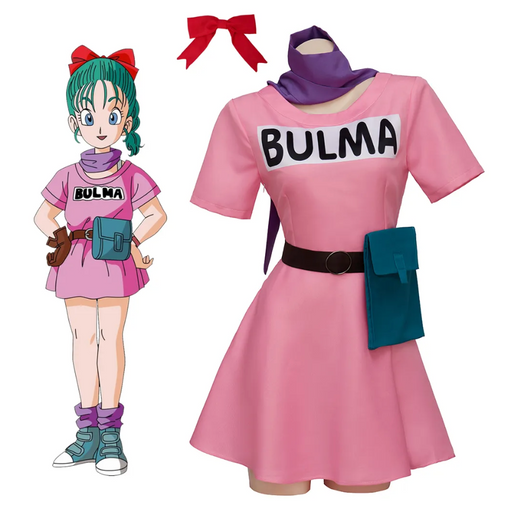
Behind the Scenes: The Evolution of Dragon Ball Character Designs
Dragon Ball is one of the most iconic and beloved anime series in history, known for its memorable characters and epic storylines. But have you ever wondered how these characters have evolved over the years? From Goku’s humble beginnings as a child to his transformation into a Super Saiyan, the designs of Dragon Ball characters have undergone significant changes. In this blog post, we’ll take you behind the scenes to explore the fascinating evolution of Dragon Ball character designs and how they have shaped the series we know and love today.
The Early Days: Dragon Ball
The original Dragon Ball series, which debuted in 1986, introduced us to a young, monkey-tailed Goku and a cast of characters that would become staples in the franchise. Here’s a look at how the designs started:
-
Goku: In the early days, Goku’s design was simple and childlike, with a round face, big eyes, and his signature spiky hair. His outfit, a red gi with a blue belt, was inspired by traditional martial arts attire, reflecting his journey as a budding martial artist.
-
Bulma: Bulma’s design showcased her as a stylish and tech-savvy teenage girl. Her ever-changing outfits and hairstyles became a trademark, emphasizing her adventurous and inventive personality.
-
Piccolo: Initially introduced as a villain, Piccolo’s design featured green skin, pointed ears, and a menacing appearance. His costume, a purple gi with a white turban and cape, highlighted his alien origins and imposing presence.
The Saiyan Saga: Dragon Ball Z
With the transition to Dragon Ball Z in 1989, the character designs became more detailed and dynamic, reflecting the series' shift towards more intense action and complex storylines:
-
Goku’s Evolution: As Goku matured, his design evolved to showcase his growth as a warrior. His physique became more muscular, and his hair became even spikier. The introduction of the Super Saiyan form brought significant changes, with golden hair and teal eyes symbolizing his new level of power.
-
Vegeta: Vegeta’s design was introduced with his iconic Saiyan armor, complete with shoulder pads and a blue bodysuit. His scouter, a device for measuring power levels, became a key visual element. Over time, his design shifted to reflect his transition from antagonist to ally, with more casual outfits and a less severe expression.
-
Frieza: Frieza’s various forms showcased the creativity of Dragon Ball’s design team. From his sleek first form to his monstrous final form, each transformation highlighted different aspects of his character, from elegance to brute strength.
The Cell Saga and Beyond
The introduction of new villains and allies during the Cell Saga and subsequent arcs brought further evolution in character designs:
-
Trunks: Trunks’ design, with his distinctive lavender hair and Capsule Corp jacket, became an instant fan favorite. His sword and serious demeanor reflected his background as a time traveler from a dystopian future.
-
Androids: Characters like Android 17 and Android 18 had sleek, modern designs that set them apart from the more traditional martial artist look. Their cool, detached expressions and stylish outfits emphasized their artificial origins.
-
Majin Buu: Majin Buu’s various forms, from the rotund and childlike Good Buu to the lean and sinister Kid Buu, showcased the flexibility and creativity of Dragon Ball’s character design. Each form had distinct visual traits that highlighted different aspects of his personality and power.
Dragon Ball Super: Modern Designs
Dragon Ball Super, which began airing in 2015, brought both nostalgia and innovation to character designs:
-
Goku and Vegeta: In Dragon Ball Super, Goku and Vegeta’s designs were updated with new forms like Super Saiyan God and Super Saiyan Blue, featuring vibrant colors and auras. These transformations added a fresh visual appeal while staying true to their iconic looks.
-
New Characters: Characters like Beerus, the God of Destruction, and Whis, his attendant, introduced new aesthetics with their Egyptian-inspired designs and serene, otherworldly appearances.
-
Future Trunks: The return of Future Trunks saw updates to his design, with a more rugged look and a new, blue hair color. This reflected his continued growth and the new challenges he faced in Dragon Ball Super.
The Art of Character Design
Creating memorable and evolving character designs in Dragon Ball involves a combination of factors:
-
Cultural Influences: Many designs incorporate elements from various cultures and mythologies, adding depth and diversity to the characters.
-
Symbolism: Character designs often symbolize their roles and personalities. For example, Goku’s golden Super Saiyan hair signifies his elevated power, while Frieza’s sleek forms reflect his deceptive nature.
-
Consistency and Change: Balancing consistency with gradual changes allows characters to remain recognizable while evolving with the story. This approach keeps the designs fresh and engaging for fans.
Join the DBZ-Store.com Community
At DBZ-Store.com, we celebrate the rich history and evolution of Dragon Ball character designs. Our wide range of merchandise, from clothing and accessories to collectibles, lets you connect with your favorite characters in new and exciting ways. Share your favorite character designs and join the discussion on social media using the hashtag #DBZDesignEvolution.
Best Sellers
-
Original price $37.98 - Original price $37.98Original price$37.98$37.98 - $37.98Current price $37.98
Dragon Ball Z - Vegeta Badman Shirt
In stockVegeta the Prince of Saiyans wearing a pink shirt? How is it possible? Bulma is really cheeky! Anyway, unlike a combat outfit, this Vegeta Badman S...
View full detailsOriginal price $37.98 - Original price $37.98Original price$37.98$37.98 - $37.98Current price $37.98 -
Original price $36.99 - Original price $36.99Original price$36.99$36.99 - $36.99Current price $36.99
Sleek Goku Mousepad Dragon Ball Z
In stockAbout Elevate your gaming or work setup with the "Sleek Goku Mousepad Dragon Ball Z." This stylish mousepad features a captivating design showcas...
View full detailsOriginal price $36.99 - Original price $36.99Original price$36.99$36.99 - $36.99Current price $36.99 -
Original price $5.00 - Original price $20.99Original price $5.00$15.99 - $27.99$15.99 - $27.99Current price $15.99
Dragon Ball Z Hot Anime Art Silk Poster Canvas Print
In stockAbout Transform your space into an epic battleground with the "Dragon Ball Z Hot Anime Art Silk Poster Canvas Print." This stunning artwork capture...
View full detailsOriginal price $5.00 - Original price $20.99Original price $5.00$15.99 - $27.99$15.99 - $27.99Current price $15.99 -
Original price $74.99 - Original price $74.99Original price $74.99$74.99$74.99 - $74.99Current price $74.99
Dragon Ball Super Caulifla Super Saiyan 2 Epic Casual Four-piece Bathroom
Introducing the Dragon Ball Super Caulifla Super Saiyan 2 Epic Casual Four-piece Bathroom Set – a fusion of style and Saiyan strength for your bath...
View full detailsOriginal price $74.99 - Original price $74.99Original price $74.99$74.99$74.99 - $74.99Current price $74.99 -
Original price $35.99 - Original price $35.99Original price $35.99$35.99$35.99 - $35.99Current price $35.99
Bulma Dress: Your Versatile Wardrobe Game-Changer
Embark on an adventure of style and comfort with our Bulma Dress – the ultimate everyday casual wear that effortlessly transforms into the most cre...
View full detailsOriginal price $35.99 - Original price $35.99Original price $35.99$35.99$35.99 - $35.99Current price $35.99









